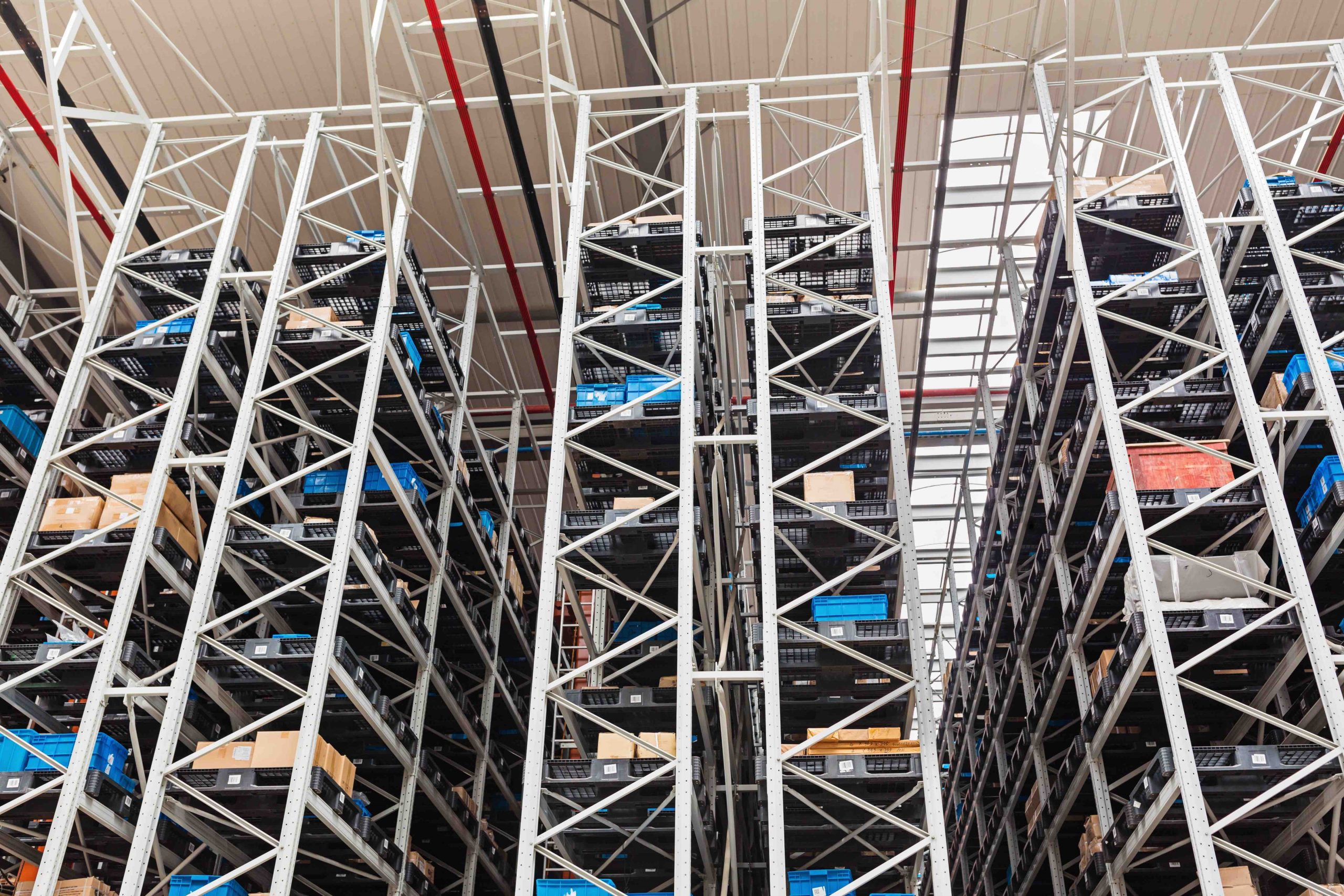
What Robots Can Do for Retail
Robots have rolled into retail, from six-foot-tall free-moving machines spotting spills in Giant Foods Stores to autonomous shelf-scanners checking inventory in Walmart. At Lowe’s, the home improvement chain, a “LoweBot” in some stores can answer simple questions, such as where to find items, and can assist with inventory monitoring. These robots free up workers from routine tasks, presumably giving humans more time for customer interaction — but that’s only the beginning.
The real benefit of retail robots is the opportunity to capture more granular data about the products on the shelves and customer buying patterns, which can increase efficiency and accuracy in inventory management. The key is using retail robots as data-collectors within an internet-of-things (IoT), which is best thought of as a complex network of connected devices, objects, and sensors gathering voluminous data that is analyzed in the cloud or with edge computing, which uses nearby servers to lower latency. From manufacturing to transportation and now retail, IoT creates an intelligent digital ecosystem. When combined with the advanced capabilities of AI and machine learning, IoT is helping to propel the promise of the Fourth Industrial Revolution to change how we live, work, conduct business, and purchase the goods and services we want and need.
Read more here